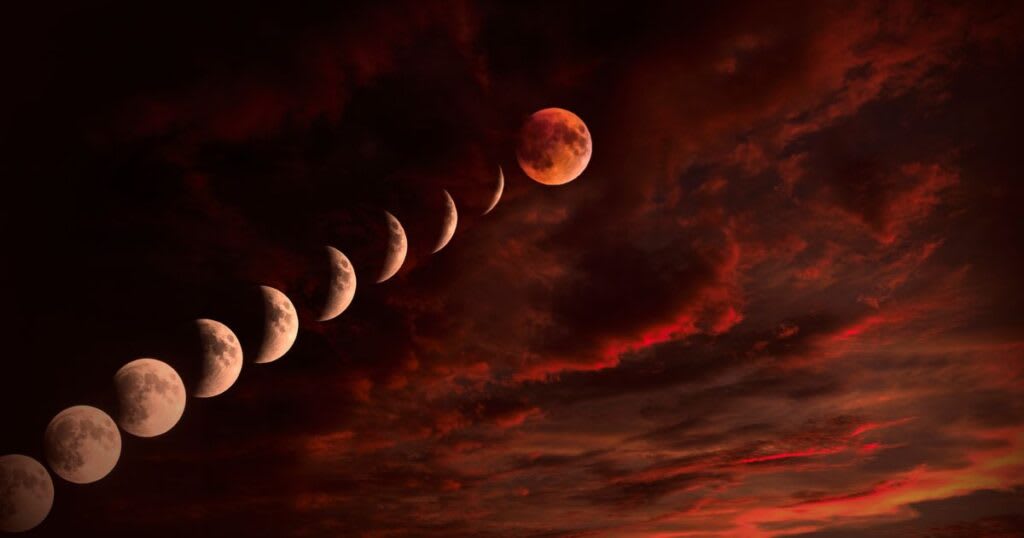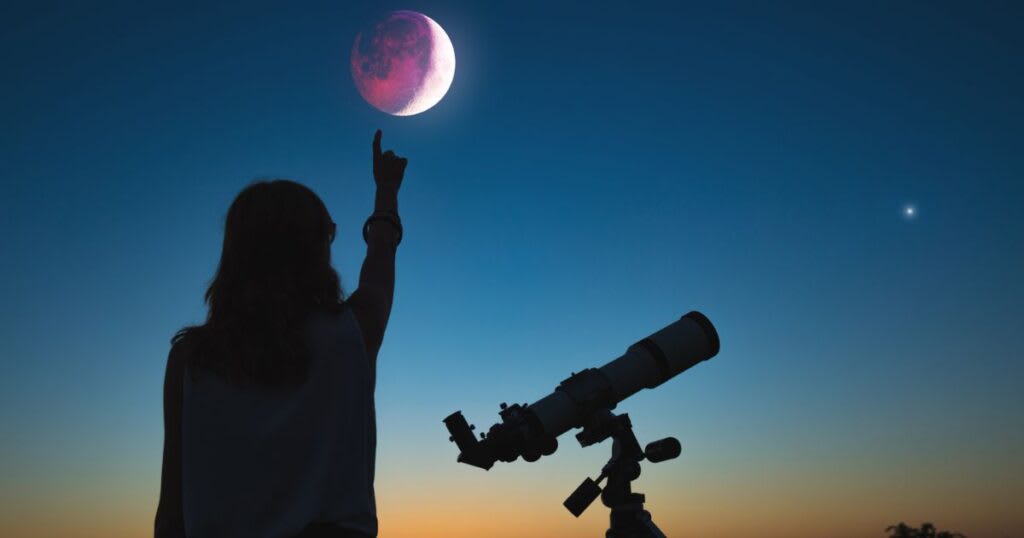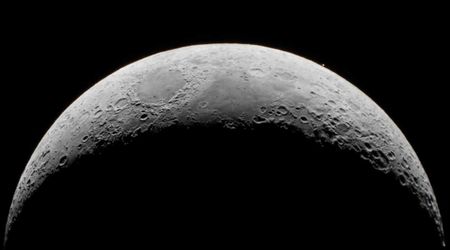Total lunar eclipse of March 2025: When and how to see ‘Worm Blood Moon’ this week

The lunar eclipse comes as a pleasant surprise for skywatchers as it offers them a chance to see the moon transformed. People across the Americas have been patiently waiting for a little over the past two years for this endearing celestial sight, where the moon would either turn deep red, bright orange, or even brownish. A total lunar eclipse will be observed on the night of March 13 or early in the morning on March 14, depending on the time zone. Apart from the United States, glimpses of the total eclipse would appear in Western Europe, Africa, New Zealand and parts of Asia, as per the data and map provided by the National Aeronautics and Space Administration (NASA).

Astronomers and stargazers are already hyped about the large-scale shadow effects that will transform the March full moon (also known as the Worm Moon) into a dramatic "blood moon" (lunar eclipse). The space agency explains that this week's lunar eclipse will make the moon look reddish-brown as it passes into Earth's darkest shadow (umbra). This spectacle is expected to last over an hour across U.S. and Canadian skies, reported Space.com

According to NASA, unlike the solar eclipse, anyone can watch the cosmic event through their naked eyes, without using any special glasses for protection. A dark environment away from bright lights makes for the best viewing conditions, reported Forbes, adding that binoculars and telescopes will enhance the viewing experience. Moreover, the lunar eclipse will be setting in Western Europe and Africa as it reaches totality. Conversely, in New Zealand and eastern Siberia (Chukchi and Kamchatka Peninsulas), the moon will rise already fully eclipsed on Friday evening.

When to see this week's 'Worm Blood Moon' in North America
New Zealand and Eastern Siberia will see the moon rise while still in the total eclipse phase, reported Space.com. This is due to the varying time zones, geographies, and the effect of Rayleigh scattering. Whereas, in the western regions and across the Atlantic Ocean, the total eclipse will be visible just before sunrise on Friday, with the moon remaining low in the sky. On the contrary, in Western Africa and Europe, the rare celestial event won’t last long enough as the moon will set and fade from view while still in total eclipse. In North America, the lunar eclipse with 100 percent is expected to be visible as early as 2:26 a.m. EDT (6:59 GMT) and may last until 3:31 a.m. EDT on March 14, as per Forbes.
~Eastern Time (EST): Totality from 2:26 a.m. to 3:31 a.m. on Friday, March 14.
~Central Time (CST): Totality from 1:26 a.m. to 2:31 a.m. on Friday, March 14.
~Mountain Time (MST): Totality from 12:26 a.m. to 1:31 a.m. on Friday, March 14.
~Pacific Time (PST): Totality from 11:26 p.m. on Thursday, March 13, to 12:31 a.m. on Friday, March 14.
What will happen during the total lunar eclipse of March 2025
Notably, totality is a stage where moon gets completely soaked in the Earth’s darkest, inner shadow. Since every eclipse is different, there’s a chance for the moon to disappear entirely or transform into a glowing bright orange, per the publication. As more and more sunlight from Earth is scattered toward its lunar body, the effect eventually changes the moon’s color. And, when the moon is within the umbra, it gives deep reddish hue, a phenomenon that results in “Blood Moon” total lunar eclipses, shared Space.com. This term is used interchangeably with “Worm Moon” for this week's total lunar eclipse because of the March full moon, named by Native Americans for the beginning of the spring season.

When is the next lunar eclipse in 2025
The clearer the atmosphere on Earth, the brighter the lunar eclipse will turn out to be, according to Space.com. Additionally, the brightness of the ring of light seen around Earth during a lunar eclipse is reportedly influenced by weather and other related factors, like the amount of dust particles suspended in the air. Meanwhile, a similar or rather different lunar eclipse will grace the skies over Europe, Africa, Asia, and Australia. The forecast by NASA suggests that the celestial event will again be visible on September 7, 2025.









